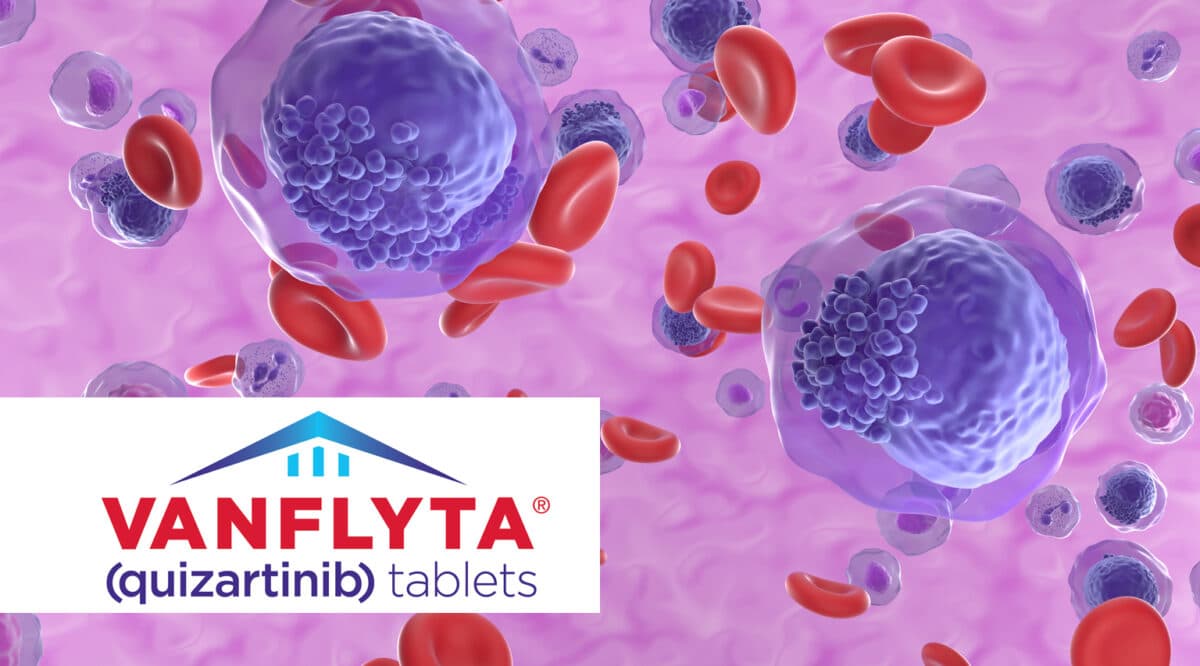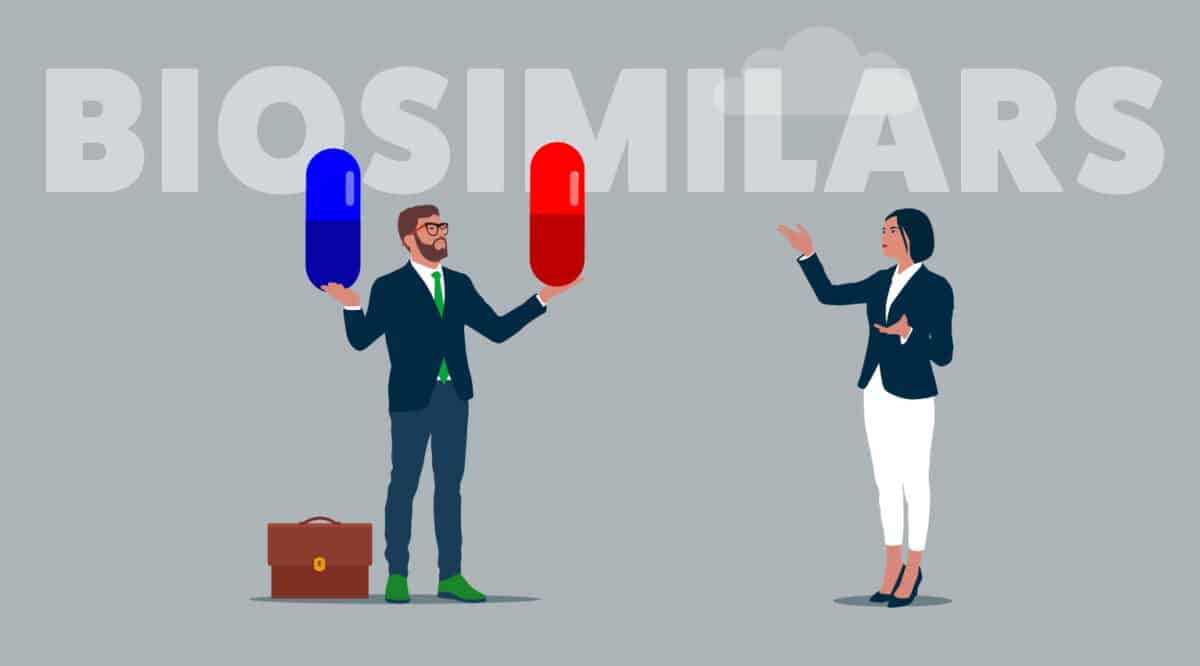Catching up on recent approvals…..
The FDA recently approved a new subcutaneous therapy, Talvey (talquetamab-tgvs) from Janssen Pharmaceutical (a J&J company) for the treatment of adult patients with relapsed or refractory multiple myeloma who have received at least four prior lines of therapy, including a proteasome inhibitor, an immunomodulatory agent, and an anti-CD38 antibody. Talvey is a first-in-class bispecific antibody.
Approval included a Black Box Warning for cytokine release syndrome (CRS) and neurologic toxicity including immune effector cell-associated neurotoxicity syndrome (ICANS). The assigned REMS program includes monitoring requirement for oral toxicity, weight loss, infections, cytopenias, skin toxicity, hepatoxicity and embryo-fetal toxicity.
Approval requires that patients be hospitalized for 48 hours after all doses within the step-up dosing schedule.
Janssen did not disclose details for distribution or logistics at the time of approval.
The company did confirm that Talvey will launch at a cost of $45,000 per month.
Given its cost, complex dosing schedule and multiple risks Talvey is expected to be channeled through specialty pharmacy distribution.
CLICK HERE to access prescribing information
——————————————————————————————–
U.S. FDA Approves Talvey (talquetamab-tgvs), a First-in-Class Bispecific Therapy for the Treatment of Patients with Heavily Pretreated Multiple Myeloma
Bispecific antibody targeting GPRC5D receptor showed an overall response rate of more than 70 percent with durable responses, including in patients previously treated with a bispecific antibody or CAR-T cell therapy
HORSHAM, Pa. /PRNewswire/ — The Janssen Pharmaceutical Companies of Johnson & Johnson announced today that the U.S. Food and Drug Administration (FDA) has granted accelerated approval of Talvey (talquetamab-tgvs), a first-in-class bispecific antibody for the treatment of adult patients with relapsed or refractory multiple myeloma who have received at least four prior lines of therapy, including a proteasome inhibitor, an immunomodulatory agent, and an anti-CD38 antibody.1 This indication is approved under accelerated approval based on response rate and durability of response.1 Continued approval for this indication is contingent upon verification and description of clinical benefit in confirmatory trial(s). article continues……….











